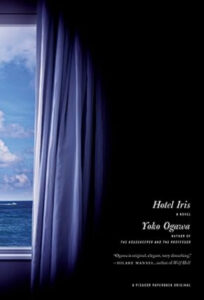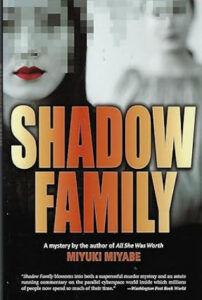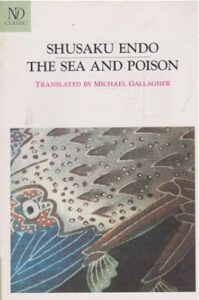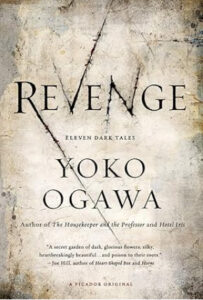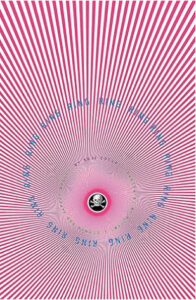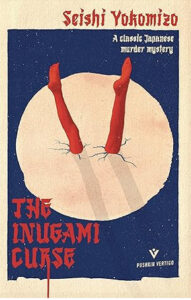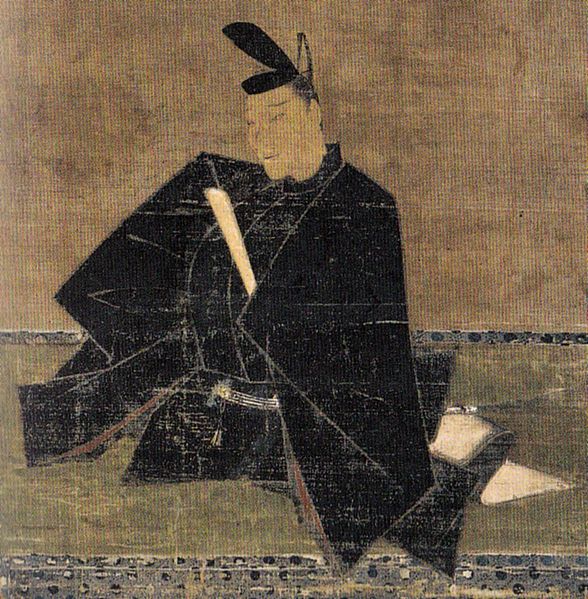Yoko Ogawa
The little family-owned Hotel Iris and the little seaside town it’s located in have seen better days, but this is all that 17-year-old receptionist Mari knows. One evening, there is a commotion between an elderly man and a prostitute, and while Mari’s mother is keen to evict them quickly, Mari feels inexplicably drawn to the man’s commandeering voice. By chance, they meet in town, and soon a passionate affair begins between the unequal couple. Mari is pulled into a maelstrom of pleasure and pain, but things come to a head when her mother finds out about the affair – with tragic consequences.
I felt much compassion for Mari, ever under the thumb of her domineering mother (her father had died years earlier). Mari believes herself in love with the 50-odd years older “translator” whose name we never learn. Naive and inexperienced as she is, she goes along with his sexual demands. No kink shaming here, but not being able to say no is not the same as consenting.
To me, the translator was a manipulative predator, who knew exactly what he needed to tell her and didn’t care about his victim (who, given the scene at the very beginning of the book, could’ve been anyone, really.) And Mari was a victim, because narcissists like him know how to make you think that whatever you do or endure, it’s voluntary and out of love.
Yoko Ogawa was born in 1962, studied at Waseda university, and became a medical university secretary. After her marriage, she quit her job and began writing, at first in secret. She won the Kaien Literary Prize for her debut novel in 1988, and has since won many more prestigious literary prizes, among them the Japanese Akutagawa, Yomiuri, and Tanizaki Prize, as well as international awards.
Ogawa’s description of their sexual encounters have just enough detail to make the reader understand without being too (porno-) graphic. I am not sure if I would recommend this book unreservedly, but it has become a classic of modern Japanese literature. Make up your own mind with a copy from amazon.

